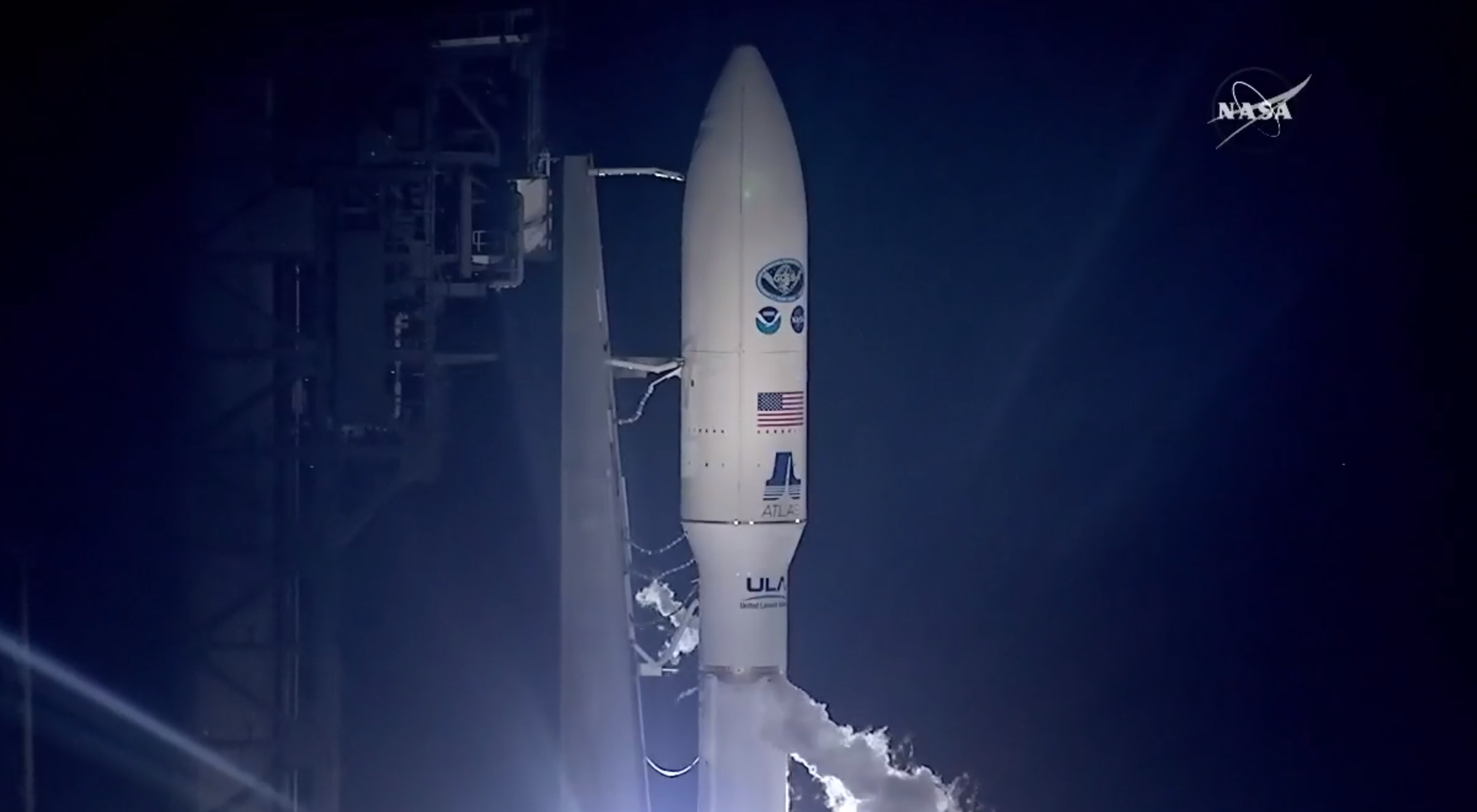All systems go for GOES-R
“And liftoff of NOAA’s GOES-R, America’s most advanced weather eye in the sky! Elevating environmental intelligence to new heights and saving lives.”
On Saturday November 19, 2016 the next generation geostationary meteorological satellite GOES-R successfully launched from Cape Canaveral, Florida. Working alongside NASA and the National Oceanic and Atmospheric Administration (NOAA), scientists from the UW-Madison Space Science and Engineering Center (SSEC) played an integral role in the development of the GOES-R mission and are ready to receive the high-resolution data from GOES-R once it reaches its orbit and comes online.
The next generation satellite hosts an array of instruments which will provide three times the spectral bands, four times greater spatial resolution, and at a rate five times faster than previous geostationary operational environmental satellites.
Prior to launch, staff from the Cooperative Institute for Meteorological Satellite Studies (CIMSS) and NOAA led a two-day teacher training to help bring meteorological studies into the classroom. School teachers from around the country came together to share lesson plans and watch the exciting launch of GOES-R.
Looking ahead, staff at the numerous organizations involved with the GOES-R project, including SSEC and CIMSS, will work to get the instruments onboard GOES-R online and functioning–with first images anticipated to arrive in early 2017.

